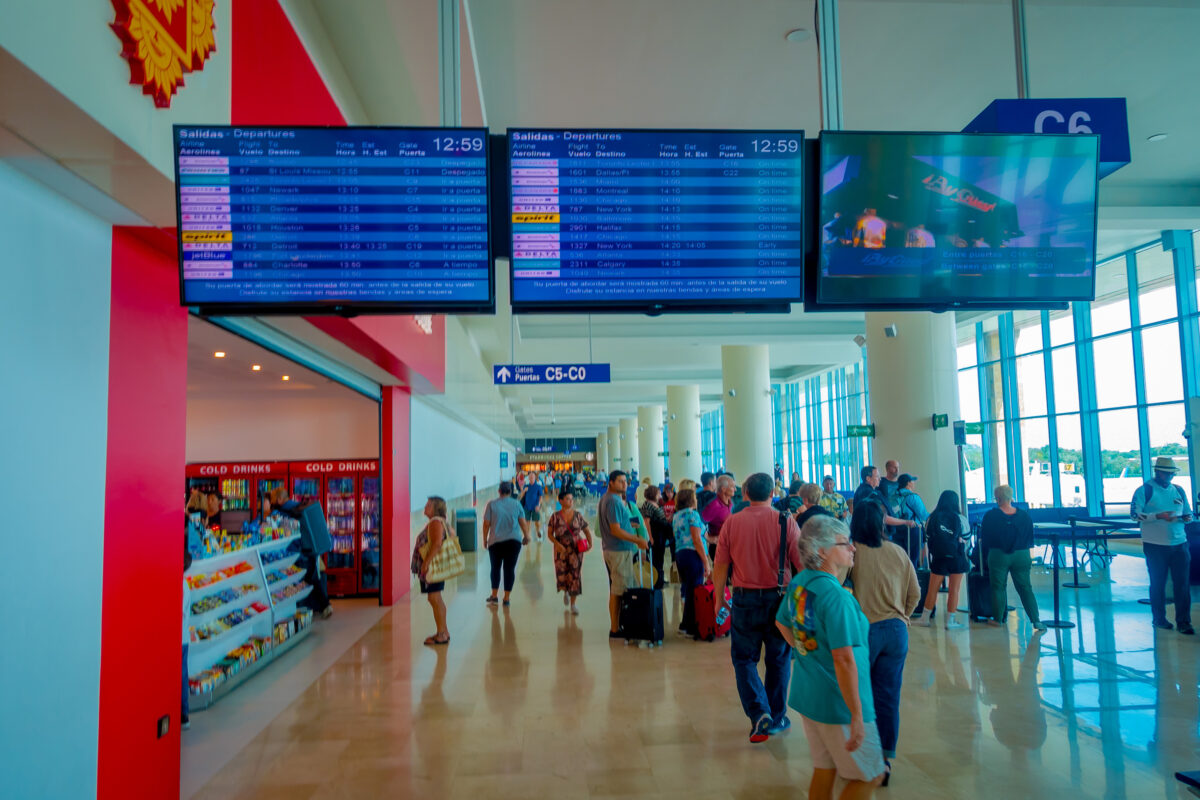


Dallas—Public safety concerns have spiked around travel to Mexico, with the kidnapping of four U.S. citizens in the northern Mexico border city of Matamoros. The visitors had just crossed the border through Brownsville, Texas.
The FBI San Antonio Division office said in a statement Sunday that the vehicle came under fire shortly after it entered Mexico. “All four Americans were placed in a vehicle and taken from the scene by armed men,” the office said. The FBI is offering a $50,000 reward for the return of the victims and the arrest of the culprits.
The State Department has a security alert for each of Mexico’s 32 states, and in the case of Tamaulipas, where the kidnapping occurred, U.S. authorities recommend against travel. The state of Tamaulipas borders Texas from Laredo to Brownsville.
Spring break is just a few days away and the most popular destination for U.S. travelers is Mexico—a country with stunning sandy beaches in the Pacific Ocean and the Caribbean.
In 2022, 13 million U.S. tourists visited this country. The top destination was Cancún and the Mayan Riviera, which received 2.4 million people, according to Mexico’s tourism office.
Others travel to inland colonial destinations or big cities like Guadalajara, Monterrey and the nation’s capital, Mexico City.
American Airlines flies to dozens of destinations from DFW International Airport. Southwest Airlines also offers connecting flights to several resort destinations. Many more enter Mexico by land.
Here are five things to know about visiting Mexico during Spring Break.
Mexico is known for many things, but its beaches are a magnet for millions of tourists.
Beach resorts include Acapulco, Cancún, Playa del Carmen, Mazatlán, Puerto Vallarta, Huatulco, Los Cabos, the Riviera Maya, and the Riviera Nayarit, according to Mexico’s tourism agency.
As for colonial destinations, some of the most popular are San Miguel de Allende, Guanajuato, Taxco, Guerrero and Puebla.
Other popular destinations are Campeche, Morelia, Zacatecas, Puebla, Oaxaca and Querétaro.
In addition, Mexico has a network of 132 Pueblos Mágicos, small culture-rich towns. Here’s a complete list of pueblos mágicos.
The U.S. Department of State has issued recent multiple travel advisories for Mexico, to help visitors plan their visit.
In the case of Tamaulipas, the State Department recommends not to travel to that state due to crime and kidnapping.
“Organized crime activity — including shootings, murders, armed robberies, carjackings, kidnappings, forced disappearances, extortion, and sexual assaults — is common along the northern border and in Ciudad Victoria,” said the State Department in its travel alert. “Criminal groups attack public and private passenger buses and private cars traveling through Tamaulipas, often kidnapping passengers and demanding ransom payments.”
U.S. government employees have many limitations and may not travel between cities in Tamaulipas using Mexico’s interior highways. For them, travel between Nuevo Laredo and Monterrey is limited to Federal Highway 85D during daylight hours with prior authorization, the State Department said in its alert.
According to the department’s advisories, the safest states to visit are Campeche and Yucatán.
Yucatán is home to Mérida and the Chichén Itzá archaeological zone, known for its Mayan ruins, located about 120 miles west of Cancún.
The State Department advises travelers to use “extreme caution” when visiting states like Quintana Roo, where Cancún is located; Baja California Sur, home to Los Cabos; and other tourist destinations such as Oaxaca and Mexico City, because of the risk of violence.
Likewise, the U.S. advisory discourages travelers from visiting states like Colima (Manzanillo) and Guerrero (Acapulco) due to high violence levels.
These are the recommendations from the State Department for travelers:
Mexico has several entry requirements for visitors, which vary depending on whether travelers arrive by plane or by land.
In January, a scuffle broke out between Uber drivers and taxi drivers at the Cancún International Airport, which made news once a video went viral showing a female Russian tourist being forced out of an Uber car, Mexican newspaper Reforma reported.
In response to that, the U.S. Embassy in Mexico issued a safety advisory on Jan. 23 calling its citizens to use caution when choosing transportation from the airport to their hotel.
Copyright 2023 The Dallas Morning News. Distributed by Tribune Content Agency, LLC.
